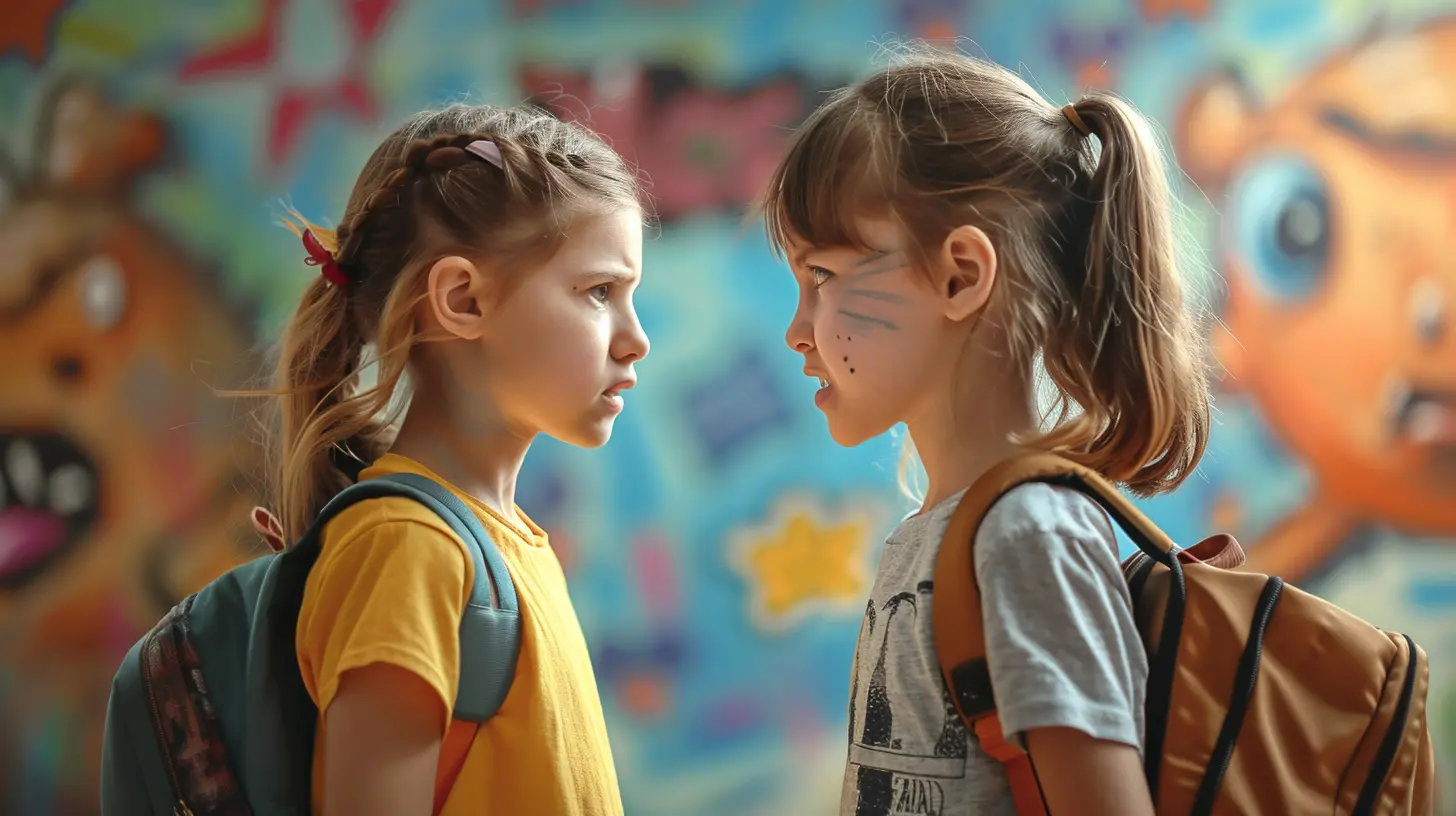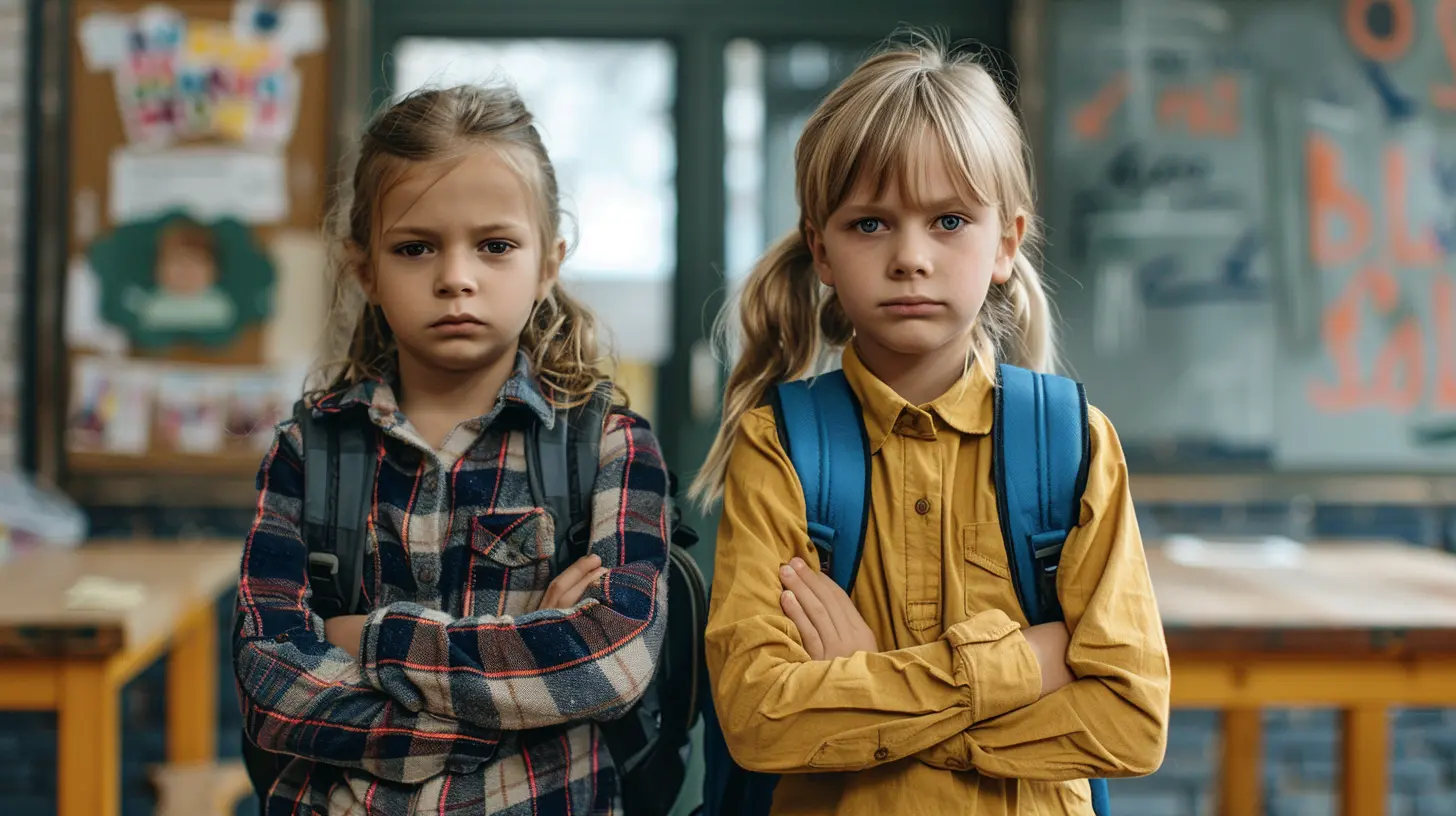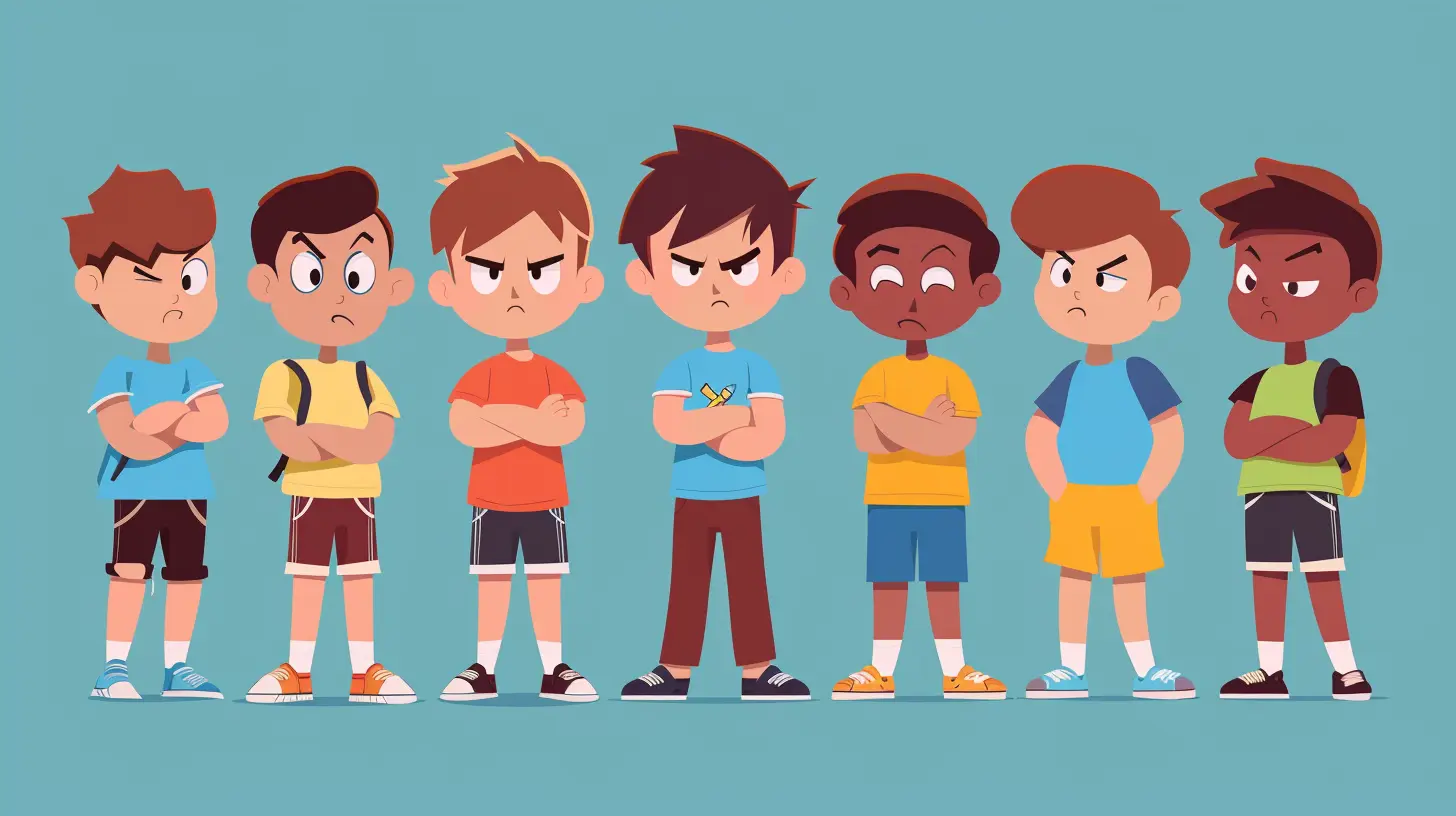2 February 2025
Bullying. It’s a word that echoes through hallways, classrooms, and schoolyards far too often. While it's easy to recognize the effects of bullying—low self-esteem, anxiety, depression, and even physical harm—addressing the root causes of bullying behavior is a different story. If we want to truly put a stop to bullying, we have to dig deeper. But where do we start? Why do some kids bully, and what can we do to help them change their behavior?
In this article, we’ll explore the various factors that contribute to bullying in schools and discuss what educators, parents, and students can do to create a more supportive and nurturing environment. So, buckle up—it's time to tackle this issue at the source.

What Is Bullying, Really?
Before we jump into the root causes, let’s clarify what bullying actually is. Bullying isn't just a one-off argument or a heated disagreement. It’s a repeated, intentional act of aggression, whether physical, verbal, or emotional, aimed at harming or intimidating another person. The key words here are repeated and intentional. Bullying involves an imbalance of power—whether that power comes from being physically stronger, more popular, or having access to sensitive information.Different Forms of Bullying
Bullying comes in several shapes and sizes, but it generally falls into four main categories:1. Physical Bullying: Hitting, kicking, pushing, or any form of physical harm.
2. Verbal Bullying: Name-calling, teasing, or making hurtful comments.
3. Social/Relational Bullying: Spreading rumors, excluding someone from a group, or manipulating friendships.
4. Cyberbullying: Using social media, text messages, or other digital platforms to harass or embarrass someone.
But why do some students bully others? Is it just "kids being kids," or is there something deeper at play?

Root Causes of Bullying Behavior
1. Insecurity and Low Self-Esteem
Believe it or not, many bullies are insecure themselves. They may bully others to feel more powerful or to mask their own feelings of inadequacy. Think of it like a shield—they put others down to avoid dealing with their own emotional struggles. Often, bullies have low self-esteem and lack healthy ways to cope with their emotions. So, they lash out at others to feel a sense of control or superiority.Example: Sarah’s Story
Take Sarah, for example. She’s constantly picking on another girl in her class, making fun of her clothes and how she speaks. But if you dig a little deeper, you might find that Sarah is dealing with her own struggles at home. Maybe her parents are going through a divorce, or perhaps she’s being bullied by an older sibling. Instead of dealing with her emotions head-on, she projects her pain onto others.2. Lack of Empathy
Some children bully because they haven’t developed the ability to empathize with others. Empathy is the ability to understand and feel what someone else is experiencing, and it’s a skill that doesn’t always come naturally. Kids who grow up in environments where empathy isn’t modeled—perhaps in homes with neglect, emotional abuse, or constant conflict—are less likely to understand the impact their actions have on others.The Role of Media
It’s also worth mentioning that the media can play a role in desensitizing children to the pain of others. Violent video games, TV shows, and movies can sometimes make aggression seem normal or even entertaining. When kids are constantly exposed to scenarios where violence and cruelty are depicted as “cool” or “funny,” they may struggle to develop empathy for their peers.3. Family Environment and Dynamics
Let’s face it—our families shape who we are, for better or worse. Children learn behaviors and social cues from the adults and siblings around them. If a child grows up in a home where aggression, yelling, or physical punishment is common, they may begin to think that this kind of behavior is acceptable.Learned Behavior
In some cases, bullying behavior is learned directly from family members. If a parent or older sibling frequently belittles others, a child may mimic this behavior in school. Similarly, if a child is being verbally or physically abused at home, they might use bullying as a way to express their pent-up anger and frustration.4. Peer Pressure and Social Dynamics
We’ve all heard the phrase “birds of a feather flock together.” Well, this is especially true when it comes to bullying. Kids often bully others because they want to fit in with a certain group or gain social status. Peer pressure plays a significant role here. If a popular group of students are bullying someone, other kids might join in simply to avoid being targeted themselves. It’s a survival mechanism—better to be on the "winning" side, right?The Power of Bystanders
Interestingly, bystanders—those who witness bullying but do nothing to stop it—can either contribute to or help prevent bullying. When bystanders laugh, encourage, or even just remain silent, they give the bully more power. On the flip side, when bystanders stand up and say, “Hey, that’s not okay,” they can help disrupt the cycle of bullying.5. Cultural and Societal Influences
We live in a world where competition is often valued over cooperation, and this mindset can trickle down to our children. Whether it’s competing for the best grades, the most followers on social media, or the coolest clothes, kids are constantly being compared to one another. This creates a culture of “winners” and “losers,” which can fuel bullying behavior.In some cultures, aggression is seen as a sign of strength or toughness, and children are taught that being “soft” or “weak” is undesirable. In these environments, bullying can be viewed as a way to prove oneself or assert dominance.
6. Mental Health Issues
It's crucial to acknowledge that bullying behavior can sometimes be linked to underlying mental health issues. Children who struggle with impulse control, anger management, or conduct disorders may be more likely to bully others. In these cases, the bullying is often a symptom of a deeper problem that needs to be addressed with professional help.Anxiety and Depression
Interestingly, some bullies may also be struggling with anxiety or depression. When a child feels out of control in one area of their life, they may attempt to regain control by dominating or intimidating others. It’s a way of externalizing their internal pain.
Strategies for Addressing the Root Causes of Bullying
So, what can we do about it? How can we address these root causes and create a safer, more compassionate school environment?1. Promote Empathy and Emotional Intelligence
Schools should prioritize teaching empathy and emotional intelligence alongside academic subjects. Programs that focus on social-emotional learning (SEL) can help students develop the skills they need to understand and manage their emotions, as well as connect with others on a deeper level.Activities to Build Empathy:
- Role-playing exercises where students step into someone else’s shoes.- Group discussions about how it feels to be bullied or excluded.
- Encouraging students to reflect on how their actions affect others.
2. Create a Positive School Culture
A school’s culture plays a huge role in whether bullying is accepted or not. Schools that foster a sense of community, respect, and inclusion are less likely to experience high levels of bullying. This means creating clear policies around bullying, but also reinforcing positive behaviors through rewards, recognition, and praise.Encourage Inclusivity:
- Organize events that celebrate diversity and teach students about different cultures and backgrounds.- Promote cooperative learning activities where students work together toward a common goal.
- Assign peer mentors to help new or struggling students feel more connected.
3. Involve Parents and Caregivers
Parents and caregivers are a crucial part of the solution. Schools should engage parents by providing workshops or resources on how to recognize the signs of bullying, both in victims and perpetrators. Additionally, parents should be encouraged to model positive behavior, such as conflict resolution and empathy, at home.4. Provide Mental Health Support
For students struggling with mental health issues, early intervention is key. Schools should have counselors or psychologists available to work with students who exhibit bullying behavior, helping them manage their emotions in healthier ways. In some cases, referrals to outside mental health professionals may be necessary.5. Empower Bystanders
As we mentioned earlier, bystanders can play a huge role in either encouraging or stopping bullying. Schools should implement programs that teach students how to safely intervene when they witness bullying. This could be as simple as telling a teacher, standing up for the victim, or refusing to participate in the bullying.












Fletcher McInnes
This article highlights the importance of understanding and addressing the root causes of bullying in schools. By fostering empathy and communication, we can create a safer, more supportive environment for all students.
March 28, 2025 at 8:19 PM